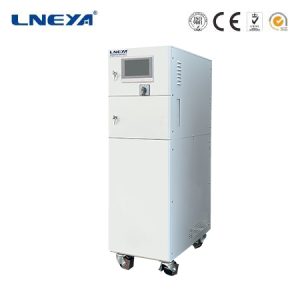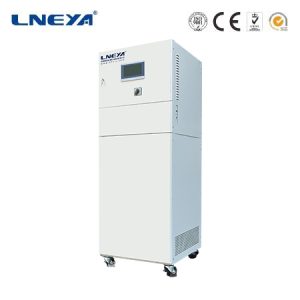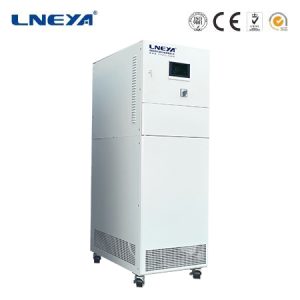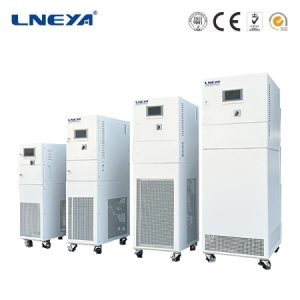Understanding Water-Cooled and Air-Cooled Chillers
Chillers are crucial for maintaining precise temperature control in industrial processes, commercial buildings, and data centers. They come in two main types: water-cooled and air-cooled. Each type has its unique characteristics, advantages, and disadvantages, which are essential to understand when selecting the appropriate cooling solution.

Cooling Mechanisms
Water-Cooled Chillers:
These chillers use water as a medium to absorb and transfer heat from the system to a cooling tower, where the heat is released into the atmosphere.
They are typically more efficient in warmer climates due to the superior heat transfer capabilities of water.
Air-Cooled Chillers:
These chillers use air to dissipate heat directly from the condenser into the environment.
They are more common in areas with moderate climates or where water sources are limited.
Installation and Space Requirements
Water-Cooled Chillers:
Require a cooling tower and a water source, which can complicate installation and increase space requirements.

May be more suitable for larger facilities with ample space and access to water.
Air-Cooled Chillers:
Generally easier to install as they do not need a cooling tower or additional water infrastructure.
Ideal for smaller spaces or locations with limited water availability.
Energy Efficiency and Performance
Water-Cooled Chillers:
Often more energy-efficient, especially in large-scale applications, due to their high heat transfer rates.
Can provide consistent performance in varying ambient temperatures.
Air-Cooled Chillers:
May be less energy-efficient in hot climates, as their cooling capacity can decrease with rising ambient temperatures.
Generally more energy-efficient in moderate climates.
Maintenance and Operational Costs
Water-Cooled Chillers:
May require more frequent maintenance due to the potential for issues like scaling, corrosion, and biological growth in the water system.

Have higher initial costs due to the need for additional components like cooling towers and water treatment systems.
Air-Cooled Chillers:
Generally require less maintenance, as there are fewer components exposed to the elements.
Have lower initial costs, making them more accessible for smaller installations or limited budgets.
Environmental Considerations
Water-Cooled Chillers:
Can be more water-intensive, which may be a concern in areas with water scarcity.
May have a smaller environmental footprint in terms of energy consumption in large-scale applications.
Air-Cooled Chillers:
Do not consume water, making them a more sustainable option in water-scarce regions.
May have a higher environmental impact due to energy consumption in large-scale applications.
Conclusion
The choice between a water-cooled and an air-cooled chiller depends on various factors, including climate, space availability, budget, and environmental considerations. Water-cooled chillers offer higher efficiency and consistent performance but require more complex installations and maintenance. Air-cooled chillers are simpler and more cost-effective for smaller installations or in areas with limited water resources. Understanding the differences between these chiller types is crucial for selecting the most suitable cooling solution for a specific application.
Note: This article is intended for informational purposes only and should not be considered as professional advice. For specific applications, it is recommended to consult with a qualified HVAC professional.
 LNEYA
LNEYA
 简体中文
简体中文














































































